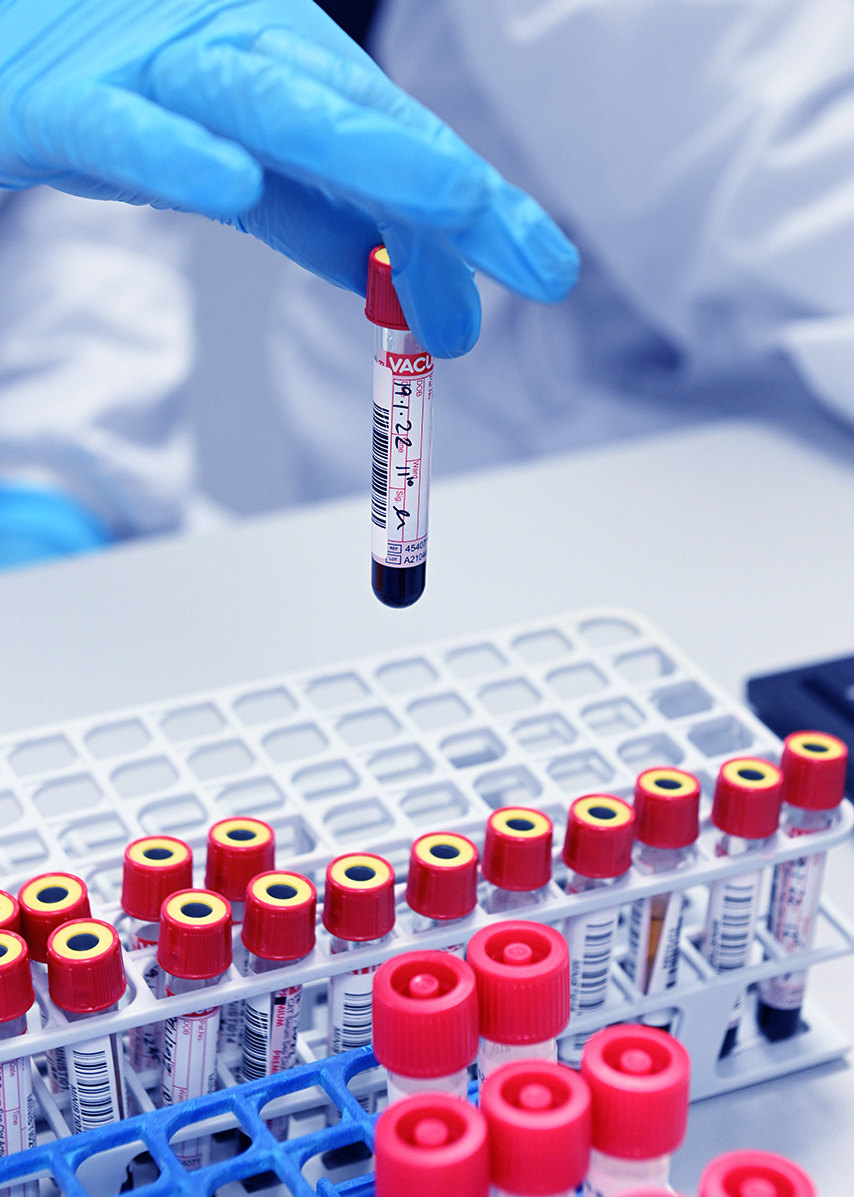The disease has an incubation period of 2-3 weeks. Rubella usually begins with malaise, low-grade fever and a morbilliform rash appearing on the same day. The rash starts on the face, extends to the trunk and extremities and rarely last more than 3 days. Other symptoms include swollen glands (post cervical lymphadenopathy), joint pains, headache, and conjunctivitis.
If a pregnant mother is infected within the first 20 weeks of pregnancy, she might have miscarriage, stillbirth, or baby born with Congenital Rubella Syndrome (CRS). CRS follows intrauterine infection by the Rubella virus and comprises cardiac, cerebral, ophthalmic, and auditory defects. The humoral immune response to rubella virus infection is typical of most viral infections, with an initial rise in Immunoglobulin M (IgM) followed by a slightly delayed response in rubella-specific Immunoglobulin G (IgG). Anti-rubella virus IgM is usually detectable within 2 to 5 days after the appearance of a rash and persists for 1 to 3 months. Rubella virus IgG becomes detectable shortly after the appearance of IgM and usually remains detectable over the lifetime of the infected individual







